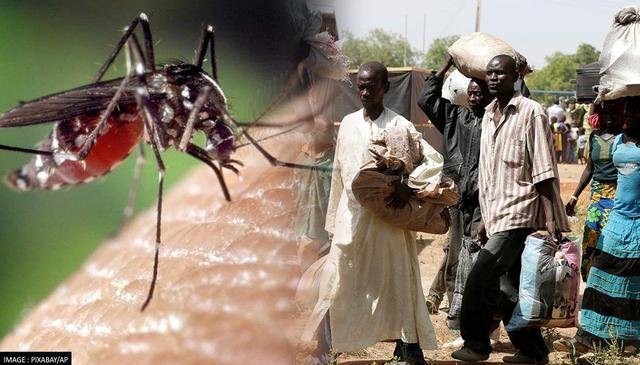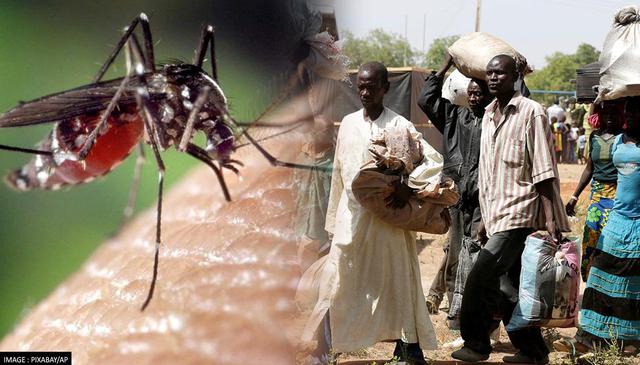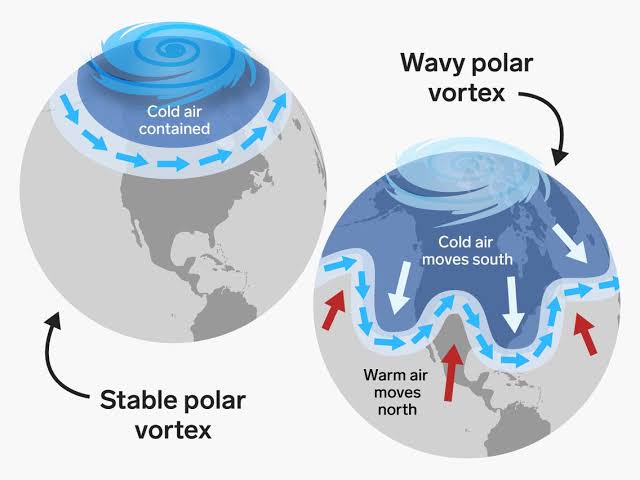WHO stated in a report that there are nearly 160 million individuals at risk for ‘yellow fever’ in Nigeria, which has a population of over 200 million
WHO warns more than 160 million people are at risk of yellow fever in Nigeria

The World Health Organization (WHO) recently stated in a report that there are nearly 160 million individuals at risk of ‘yellow fever’ in Nigeria, which has a population of over 200 million. Notably, this makes approximately 25% of all Africans at risk of the disease in the continent. According to the report from the WHO, Nigeria, which has some of the most densely populated cities in the world, is susceptible to both urban and sylvatic (jungle) exposure to the illness. It is to mention that yellow fever is basically a virus which is spread by infected mosquitoes.
As per the WHO reports, “Sylvatic exposure is the transmission of yellow fever from mosquitos that have bitten animals and non-human primates.” These types of transmission are particularly dangerous for agricultural and mining workers.
The Medical Officer for the World Health Organization Nigeria, Dr. Anne Eudes Jean Baptiste described, “Yellow fever is dangerous because a small percentage of patients will go through a more toxic phase of the disease. By then they will experience fever, and have system failure, mainly in the kidney and liver.” Baptiste added that due to the disease, bleeding from the mouth, nose, as well as eyes may occur, and within 7 to 10 days, half of the patients will lose their lives.
Nigeria yellow fever
Nearly after 15 years in 2017, yellow fever made a comeback in Nigeria, WHO stated. The cyclical nature of sylvatic transmission and shortfalls in illness diagnosis rather than a lack of the virus transmission are to blame for this. Further, WHO claimed in the report that currently, a better understanding of the disease’s distribution in humans is possible because of improved surveillance and laboratory testing.
Meanwhile, Nigeria Center for Disease Control’s Director General, Dr. Ifedayo M. O Adetifa said that they have strengthened surveillance considerably. “We have reference laboratories in the country that have been strengthened, and are being supported and assessed to make sure they are meeting all the performance parameters in terms of sample collection and referral to our reference labs in Abuja.”
The Director-General further informed that they have distributed almost 66 million doses in 2020 and 2021 to prevent individuals from yellow fever outbreaks despite the ongoing COVID-19 pandemic. This accomplishment has been made possible through routine immunisation as well as mass vaccination drives that proactively target vulnerable populations and detect demographic gaps, he said.
More about yellow fever
Yellow fever is a viral infection carried by a specific kind of mosquito. According to a Mayo Clinic report, patients won’t exhibit any symptoms or indicators for the first three to six days after contracting yellow fever which is considered to be the incubation phase. Following this, the infection goes through an acute phase and, in rare situations, a potentially fatal toxic phase.
Yellow fever can result in a fever, headache, nausea, and vomiting in moderate instances. However, yellow fever can worsen and lead to bleeding as well as issues with the heart, liver, and kidneys. Yellow fever has not any kind of specific treatment. However, being vaccinated against yellow fever before visiting a region where the virus is known to occur can shield people from contracting the illness.



